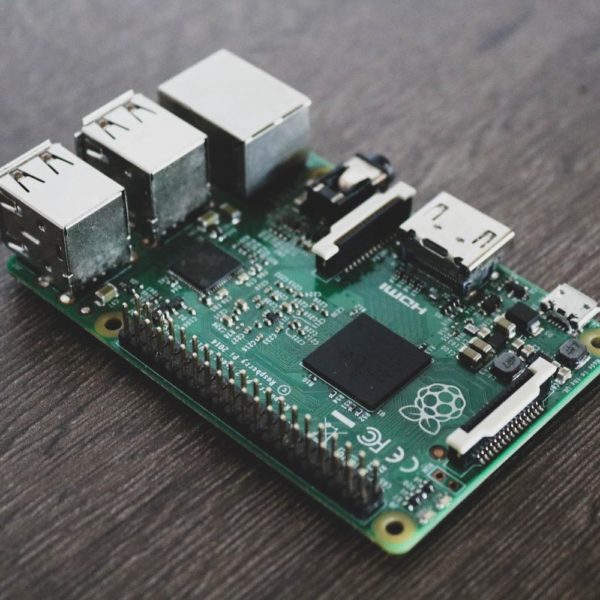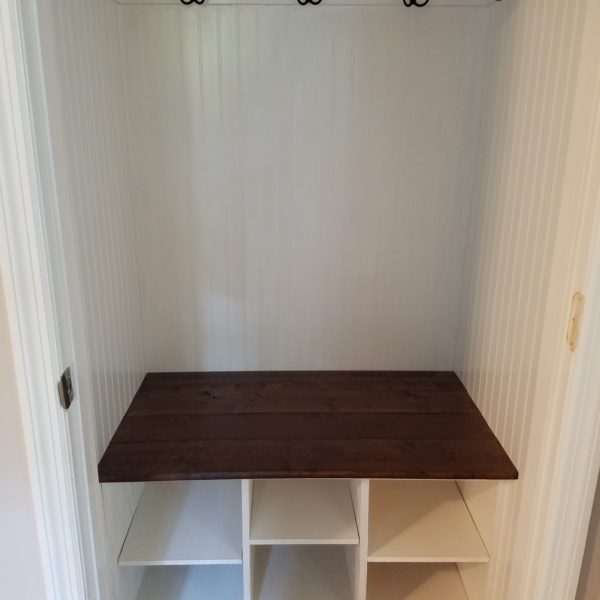Docker Builders for Easy Updates
One of the most frustrating things for me is when a new version of a software is released with a fix, feature, or otherwise useful addition I’d like to use, but the package maintainers for my Linux distro haven’t caught up yet. Some of the packages are so far behind it’s silly. I recently decided that for software I use regularly, and is updated regularly, I was going to start using a Docker container to build it and keep my…






